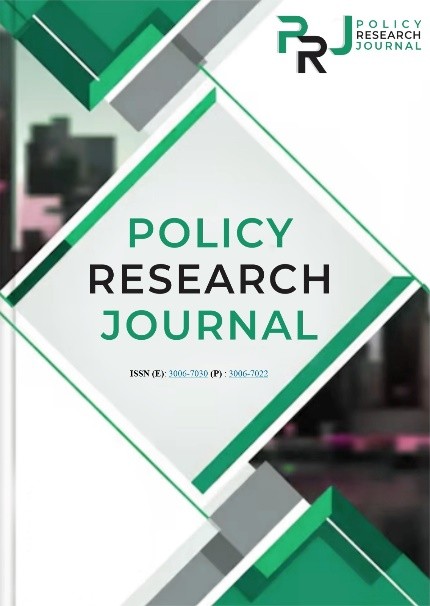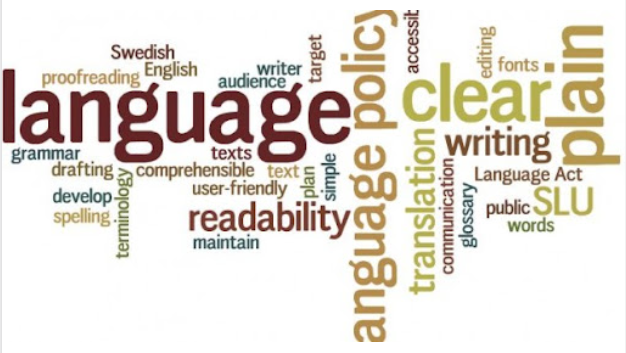FLOOD INUNDATION HAZARDS OF THE RIVER CHENAB USING REMOTE SENSING AND GEOGRAPHIC INFORMATION SYSTEM
Keywords:
Flood Inundation, remote sensing, geographic information system, floodingAbstract
This research offers an extensive examination of flood inundation using Geographical Information System (GIS) techniques. This innovative research aims to provide more effective flood hazard mitigation strategies for the River Chenab region. The main objective was to integrate inventive geo-innovation approaches into flood risk reduction. We conducted a comparative analysis of flood inundation mapping techniques employed in this study with those used in four other countries. Utilizing GIS techniques for this flood analysis, our study predicted varying degrees of flood risk, ranging from high to moderate. We focused on 21 districts in the Punjab Province, covering an area of 119,853 km², which are closely connected to the River Chenab and susceptible to flooding. In 2016, these districts experienced flooding affecting an area of 7,867 km². After precise calculations, it was determined that the proportion of affected area during flooding was 6.56%. Furthermore, our research pinpointed areas at high risk of flooding, primarily those in close proximity to the River Chenab's floodplain. We also conducted scenario-based assessments to establish time lags between precipitation in the catchment area and subsequent flooding in Pakistan. We have proposed a range of mitigation strategies based on available resources and topographical features identified in our flood risk analysis. These recommendations can serve as a comprehensive framework for flood hazard reduction efforts and their implementation.

















